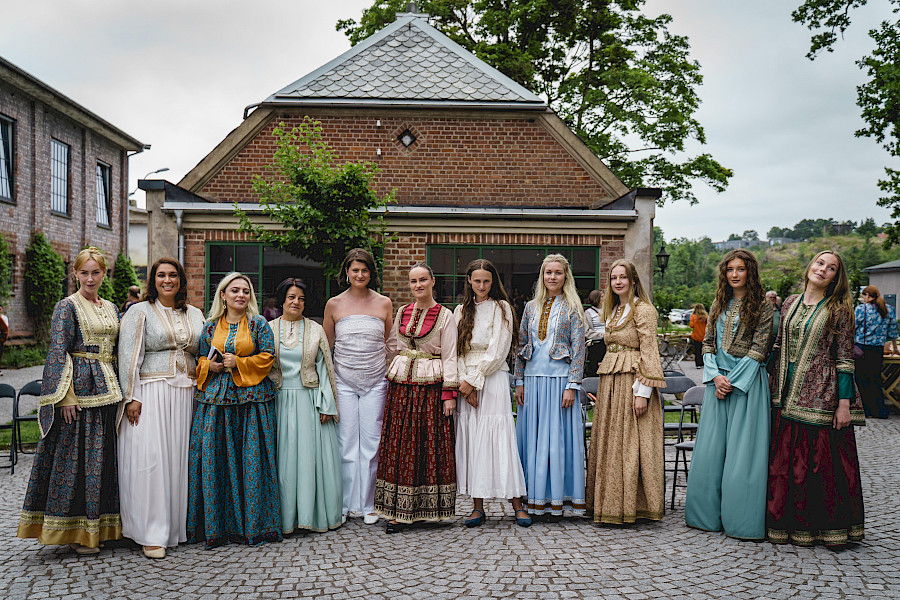
In June 2025, the charming coastal town of Stavern, Norway, became the stage for a spectacular convergence of cultures. Hosted by the Nerdrum Museum, the East and Earth Festival culminated in a dedicated celebration of Azerbaijani Cultural Day, titled From the Silk Road to Stavern. As one of the festival's official collaboration partners, the cultural bridge-building organization CAN was honored to host this special program, in collaboration with the Thor Heyerdahl Institute, Sjøparken, and the Nerdrum Museum.
This unique cultural day wove together the threads of history, craftsmanship, and artistic expression through traditional national gowns, magical carpets of Karabakh, and Norwegian-Azerbaijani music, offering Norwegian audiences a rare and intimate encounter with Azerbaijan’s living traditions. With over 700 guests daily, including artists, diplomats, scholars, and cultural enthusiasts, the festival celebrated timeless values, philosophical roots, and ancestral aesthetics.
The East and Earth Festival featured dedicated cultural days for Slovakia, Romania, Kazakhstan, and Azerbaijan. Throughout the event, guests experienced a continuous exhibition of national costumes and Azerbaijani carpets—a living gallery of craftsmanship and cultural symbolism.
A Conversation on Sustainable Fashion & Timeless Design
The day began with a thought-provoking panel on sustainability and timeless design, featuring fashion designer Eline Dragesund, composer Martin Romberg, poet Aftur Nerdrum, and fashion designer and CAN Chairwoman, Shervin Najafpour. Together, they introduced the newly launched Kitsch fashion collection—rooted in classical aesthetics, longevity, and environmental consciousness.
Dragesund, the Nerdrum family’s personal tailor, highlighted her passion for classical silhouettes, natural materials, and slow fashion: "It is not just about dressing," she said. "It is about honoring the past in every stitch."
Najafpour added depth to the discussion with the story of Azerbaijan’s national costumes—garments that serve as living expressions of regional identity. "Each costume is deeply rooted in the colors, embroidery patterns, and traditions of the region it comes from," she said. She also reflected on the striking similarities between Norwegian and Azerbaijani national dress: "Though separated by geography, both cultures express dignity, craftsmanship, and closeness to nature through their attire."
Threads of Identity & Heritage
The conversation transitioned into a breathtaking visual presentation of Authentic Azerbaijani National Costumes curated by Associate Professor Gulzada Abdulova, department manager at the National Museum of History of Azerbaijan and founder of Alaca National Costume brand.
Costumes from Karabakh, Sheki, Zaqatala, Tebriz, and the Irevan Khanate were modeled by Norwegian local girls of Stavern and elegantly introduced by renowned journalist Nigar Ibrahimova. This marked the first time authentic Azerbaijani national costumes were presented inside a Norwegian museum, creating a profound moment of cultural diplomacy.
From Karabakh to Norway
A highlight of the day was the stunning exhibition of Karabakh carpets from the private collection of Elnara Rasulova, a celebrated Azerbaijani artist and member of the Union of Azerbaijani Artists.
Karabakh carpets, historically traded along the Silk Road and treasured in royal courts and sacred spaces, are known for their intricate motifs and symbolic language. Rasulova’s collection reflected not only the artistic excellence of Azerbaijani craftsmanship but also its spiritual depth.
The emotional centerpiece of the exhibition was the double-sided silk-and-wool masterpiece Father’s Will – Son’s Victory, woven over two years and four months. The tapestry honors the enduring legacy of President Heydar Aliyev and his son, Ilham Aliyev, through ancestral artistry and cultural symbolism.
This project was proudly supported by Yurd Gallery, Lachin Carpet Center, and Yaradici Merkezi. The exhibition resonated so deeply that several Norwegian museums expressed interest in future collaborations, highlighting the universal language of textile heritage.
A Billion Years Too Soon
As golden summer light lingered over Stavern, the festival closed with a transcendent musical performance. Norwegian-Azerbaijani artist Marie Sahba took the stage with Nawar Alnaddaf (oud, flute, vocals) and Martin Vinje (keys, electronics), offering a deeply moving set titled A Billion Years Too Soon, which resonated with both intimacy and grandeur.
Melding traditional Azerbaijani melodies with modern electronic sounds, Sahba created an immersive soundscape exploring identity, memory, and belonging. The performance culminated in Azeri Baby, a tribute to her late father. Sung in English and Azerbaijani, the song electrified the audience — who enthusiastically joined in, singing along to the chorus with heartfelt energy and joy.
Flavors of the Caucasus and Anatolia
Guests also enjoyed a vibrant sensory journey through taste. Azerbaijani wines by AzGranata, presented by NorAs Wine Import, introduced rich notes of pomegranate, plum, and sun-drenched terroir from the foothills of the Caucasus. Organic smoothies from Turkish wellness brand Naturella brought a burst of Mediterranean freshness, offering a health-conscious complement to the evening. These culinary experiences celebrated friendship, well-being, and the warm spirit of Azerbaijani hospitality in Norway. Over 500 guests were served, turning every sip into a cultural embrace.
A Festival of Cultural Bridge Building, Heritage, and Dialogue
“This was not just an event. It was a dream realized—to build bridges through national treasures, to let history speak in silence, and to give our ancestors a voice in the present.”
— Shervin Najafpour, Chairwoman of CAN
CAN’s mission is to build lasting cultural bridges. Our journey began long before CAN was officially established in 2018.
For me personally, this mission has roots stretching back to my childhood. Born in Norway to a South Azerbaijani family from the city of Urmia (Urmu in Azerbaijani), my parents celebrated our heritage and legacy through projects that unite art, identity, and human connection. It is a deep honor for me to now continue their hard work, proudly representing my motherland Azerbaijan and its rich cultural heritage here, in the pearl of Scandinavia — Norway.
In 2019, we brought to life Discovering the Land of Our Origin, a project inspired by the extraordinary friendship between Azerbaijan’s National Leader Heydar Aliyev and Norwegian explorer Thor Heyerdahl. We first hosted an exhibition in the capital city of Norway, Oslo, which led to an invitation from the Thor Heyerdahl Institute of the Vestfold Museums to bring the exhibition to Thor Heyerdahl’s birthplace, the city of Larvik. Since then, we have proudly carried out many cultural projects each year, continuing to build bridges through art, heritage, and dialogue.
From museum walls adorned with ancient textiles to modern melodies echoing through the Nordic air, From the Silk Road to Stavern opened a new chapter in Azerbaijani–Norwegian cultural relations. This was more than cultural diplomacy; it was a heartfelt dialogue shaped by memory, artistry, and mutual respect.
And this, as we say, is only the beginning.



